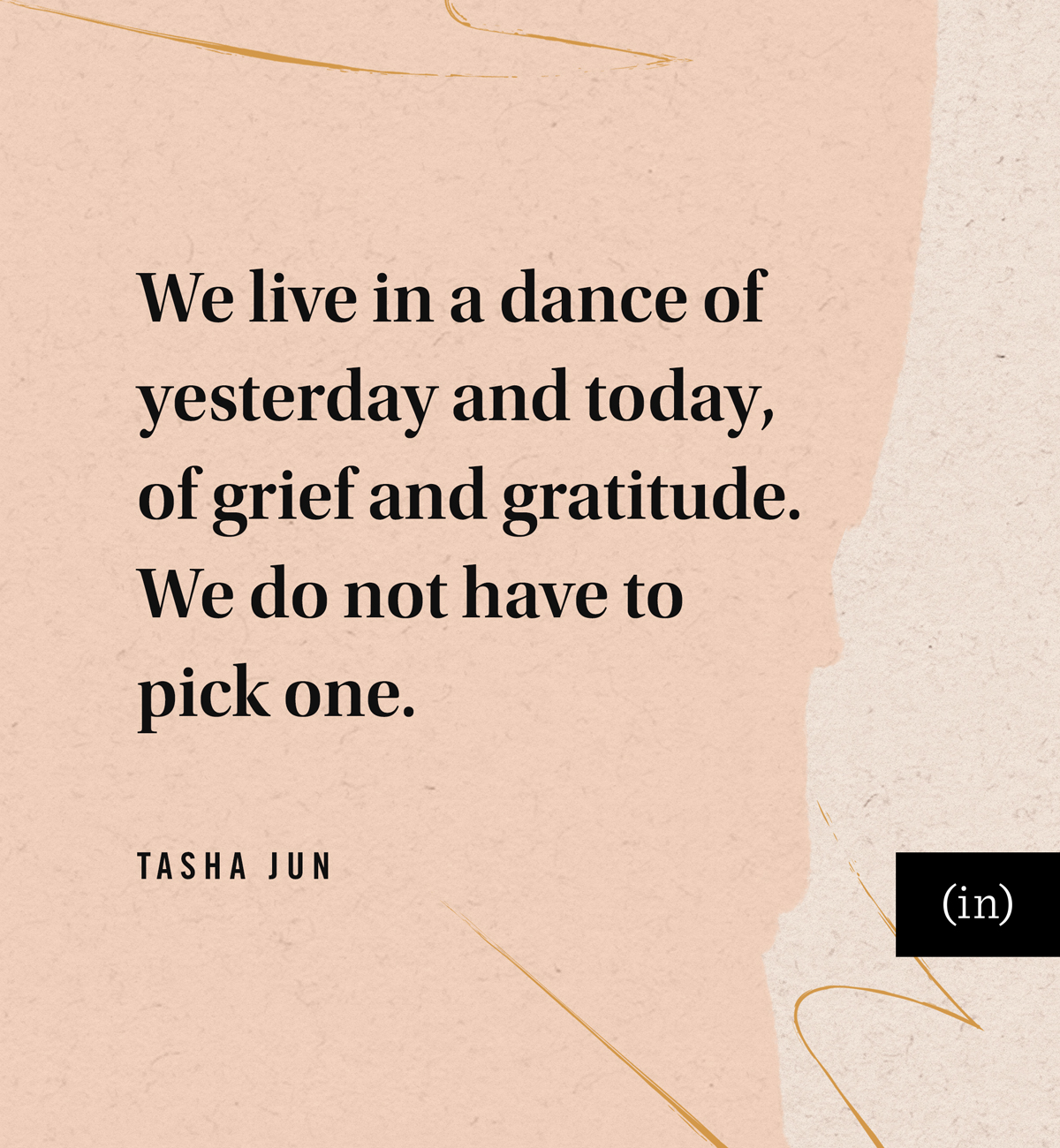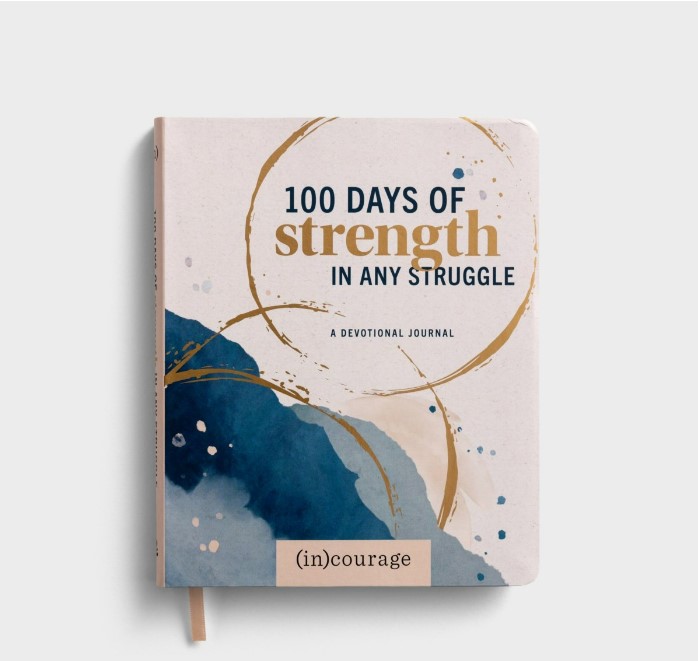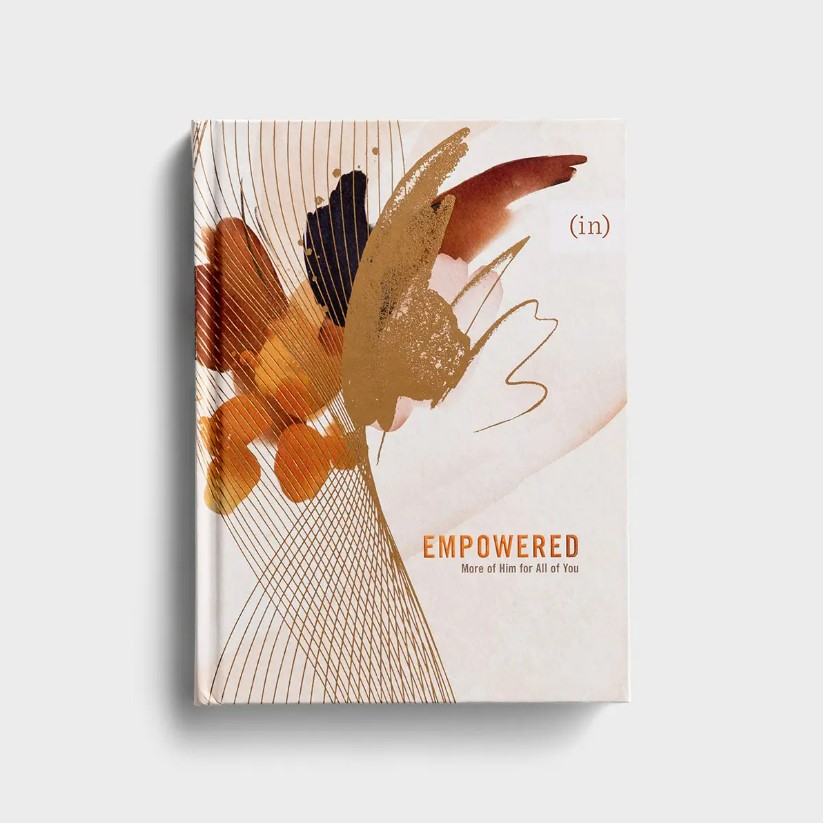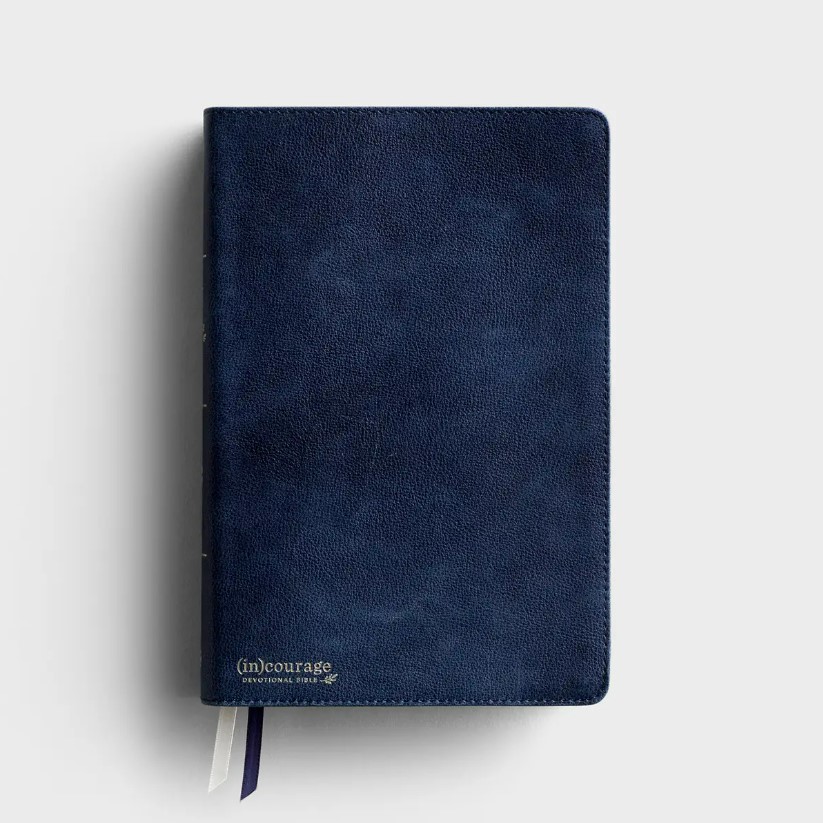“What are we doing with your hair this time?”
My hair stylist and I look at each other in the mirror we’re both facing: me in a black cape wondering if that’s really me in the chair, and her standing behind me, examining my hair.
The ends are dried out and the blend between new growth and the pieces she colored a few months ago glare back at me like a challenge. I sigh. I’ve been trying to blend my bright white beacons of aging with my naturally jet-black hair so that it can grow in without such a strong line of demarcation. I’ve been trying to let it all go, like Elsa, for a little over a year now. It’s been a journey and while it’s “just hair,” it’s also everything.
I’ve always wrestled with my hair. I was born prematurely with a full head of it. Black as night, and thick and heavy like a winter blanket, I’ve never been able to forget it’s part of me.
My mom said she prayed that no matter how I turned out, the daughter of a Korean immigrant and a green-eyed, brown-haired Californian, that God would give me her hair. And it was so.
My wrestling went much deeper than changing hair trends and experiments with cuts and colors. At times, I hated how dark it was. I hated when other stylists called it “ethnic” like it was diseased and charged me extra because of how thick and ample it was, and how unyielding it was to their efforts. My hair broke countless hair-ties, wouldn’t fit in most barrettes and clips, and protested by giving me headaches on the rare occasion I found a hair-tie strong enough to keep it in a pony tail. No matter how much my hair shed (and it did, wherever I went like a trail of crumbs), there was always more. It’s broken vacuums that claimed to be unbreakable. In junior high, a kid who sat behind me staring at the back of my head once announced to the class, “ Tasha’s hair is so thick I could floss my teeth with it!!” And it’s true, I’ve compared one of my strands with floss and though I haven’t tried it, they are a similar width and strength.
My hair was the visible part of me that made me stand out and tied me to my ethnicity – the part of me that I spent so many years resisting. As a teenager and young adult, I prayed against that prayer of my mom while spraying Sun-In until the bottle ran out. I’ve ironed it down, I’ve cursed it in the mirror, I’ve dyed it and tried new styles in hopes to tame it into something less strong, stubborn, and “ethnic.”
But God gave me my Korean hair, and after my decades-long struggle, receiving it now feels too late. As it goes away and becomes more and more gray with age, I grieve the years I lost resisting it, and surprisingly, I find gratitude woven alongside these waves of grief. I apologized to my hair and the Maker of my hair more than once in the mirror.
There’s a sisterhood of gratitude and grief, of death and resurrection. I find both in the strands of my midlife hair. I look at a section of still-jet-black mixed with lightened pieces and bright, almost-translucent-white strands and feel an ache for what was and a thanks for who I am becoming with age, change, and redemption.
It’s okay to feel a stretch and pull over who we are, deep into our ethnic and family details. It’s okay to feel more than one thing about aging. We are never too old or too late to feel these things, and every wrestling is an opportunity to draw near to Jesus and surrender to His love. May we never arrive when it comes to this.
I stare at myself in the salon mirror while wishing I still had the original version of the hair my mom prayed for. I tell my stylist, “Let’s keep these long white strands, blend it a bit, and trim the ends, and then maybe next time we can just let it go for good.”
She’s Asian American too, so I feel comfortable telling her how much I miss my dark Asian hair. She brushes it gently and as she does, I sense God saying, “You still have the Asian hair I gave you. Being Asian and being you isn’t just one thing.”
We live in a dance of yesterday and today, of grief and gratitude. We do not have to pick one. Both are good; today, in the salon chair, I receive it.







I get the hair thing. Now at 69, I am all grey and have short, thinning hair. I wish I had not fought my mop all those years. But it was more than fighting the hair. I wish I had more of an appreciation growing up of being ok with who I was and what I looked like. Now when I look in the mirror, I see my precious grandmother and mother smiling back at me. And I am so very OK with that.
It’s almost always more when we put up a fight, isn’t it? I love how you said you see your precious grandmother and mother now – how beautiful.
Tasha, every word of this story resonates with my own. Thank you for capturing it so eloquently. Love you — all of you!
Love you too, Rachel. I am so grateful that we can share in this in a deep way. It gives me courage – even now.
We live in a dance of yesterday and today, grief and gratitude – I love it. I feel you on the hair thing on all the things, getting older. Regret wishing to have appreciated what I rebelled against. My ethnic Indian roots being Australian born. I look back and I was so beautiful but never saw it always too fat, not this, not that…not like the mainstream.
I’m 43 and I’ve started getting tinnitus I hope it goes away, I pray it so. What I’d give to just be like I was before…but I take rest in God and that’s all I can do, all any of us can do.
Beautifully written.
Jas, thank you for sharing that. I understand. May you and I take what we see now and in hindsight, and embrace the beauty that is – no matter how it’s changed or will continue to. I just said a prayer for the tinnitus. Glad you are part of this community.
Beautifully said! I’m learning that lesson as well.
Debbie, I’m so grateful for the gift of “learning together” God’s given us all.
Tasha, you are so beautiful! I am not Asian, but I struggle with my thick, blonde/grey/white hair at times, too. I have come to terms with my natural crazy hair color. In different lights, it’s more one thing than another. Sometimes I just shrug and tell myself “It’s just hair!”. But for you, it’s a big part of who you are! And that’s okay.
Irene, thank you! I love how you described your hair being more than one thing than another in different lights – what a reflection of all of our unique layers. Grateful for you.
Tasha, I don’t know if I’m the Elsa you are referring to, but several years ago I let go of “blending” and now have all white hair. One student referred to it as “cream.” Some women pay for this color, but the Lord has given it to me, a reflection of his grace and love.
How funny, Elsa! I was referring to the Disney animated Elsa. 🙂 I love the “cream” shade and I love hearing your own embrace of your hair!!
This is so beautifully written. Thank you.
Christina, thank you so much. Glad you are here.
Tasha I don’t have grey hair. But about 4 years ago my hair began to fall out. I was not a bit worried about it. But it did affect my health. I already had other health issues. But it annoyed my Sister’s and Dad more. To see me going bald. They said Dawn look at you. Your hair falling out of your head. Get you to the Doctor to see why. My Husband did care it was falling out. He and I both agree we were both thankful to God I didn’t have cancer. I was not told I had only so long to live. It was only my hair that was falling out and I was tired and no energy with it falling asleep for no reason without knowing I was. My Dad was the worst he said by getting cross get yourself to the Doctor to see what wrong with you. I went all I had was thyroid problem. I am on tablets for it for the rest of my life. Since being on the tablets my hair has come back. But no where like it used to be before it began to fall out. It not a thick as it used to be. But I don’t look bald anymore. I have alot of hair but very thing now. I don’t care. As I look at it this way. I well and I not seriously ill and in Hospital with only so long to live or fighting am illness to live. I am thankful to God for that as had a few health problems in my life. But nothing serious or life threating. So I go from Grief to Gratitude in the Lord for bringing me through all I been through and I still able to smile and thank him for that at 52 years old. Love today’s reading. Love Dawn Ferguson-Little xx
I think our hair is something women are often dissatisfied with. It’s too straight or too curly. It’s too thin or too thick. I don’t like it’s color. It grows too fast or too slow. Fortunately we can do somethings to change it, like perms, haircut styles, &/or coloring.
Sometimes like you, our hair defeats our efforts. I naturally have Brown hair. When I got it cut in my early 20s, the Beautician said something shocking to me. I had a strong undertone of read in my hair. If I ever wanted to color it, it’d need to be stripped 1st, or it wouldn’t turn out like I expected. I didn’t see it; I just saw brown, no red.
It turned out she was right , I found out the hard way. Several years later, I used some Sun-In on my hair, & it turned Bright Orange!
I decided after that, that I’d leave the color of it. I thank God, that I’ve had hair contentment, for many decades since then.
Tasha,
Life is full of regret. I’m doing the dance of grief & gratitude. Grieving over the loss of what was & is now but grateful for God’s provisions. Wishing I had stayed at certain jobs knowing what I know now. Learning to be content with the life God has provided. Also learning to appreciate the me He made me to be. Seeing myself as a beautiful child of God.
Blessings 🙂
Tasha, your words always touch my heart. I can always relate to what you say. “Being Asian and being you isn’t just one thing” Thank you. Sending hugs and love to you.
This is so very beautiful and powerful. It resonates deeply. All gratitude to thanks to Rachel Marie Kang for linking to this post (and I am now ordering your book, Tasha!). “We live in a dance of yesterday and today, of grief and gratitude. We do not have to pick one.” Amen!!
I immediately wrote down what Beth Williams wrote to Tasha. learning to be content with the. Ife Gkd has provided.
grieving over the loss of what was and is.
learning to appreciate the me He made me to be.
seeing myself as a beautiful child of God.
Believe, these 4 sentences bring me healing. I just
moved to a seniors living facility, and the 4
sentences will help me make the adjustments to
living with 122 other folks ranging in ages from 80 to
101. Thank you for incourage.me